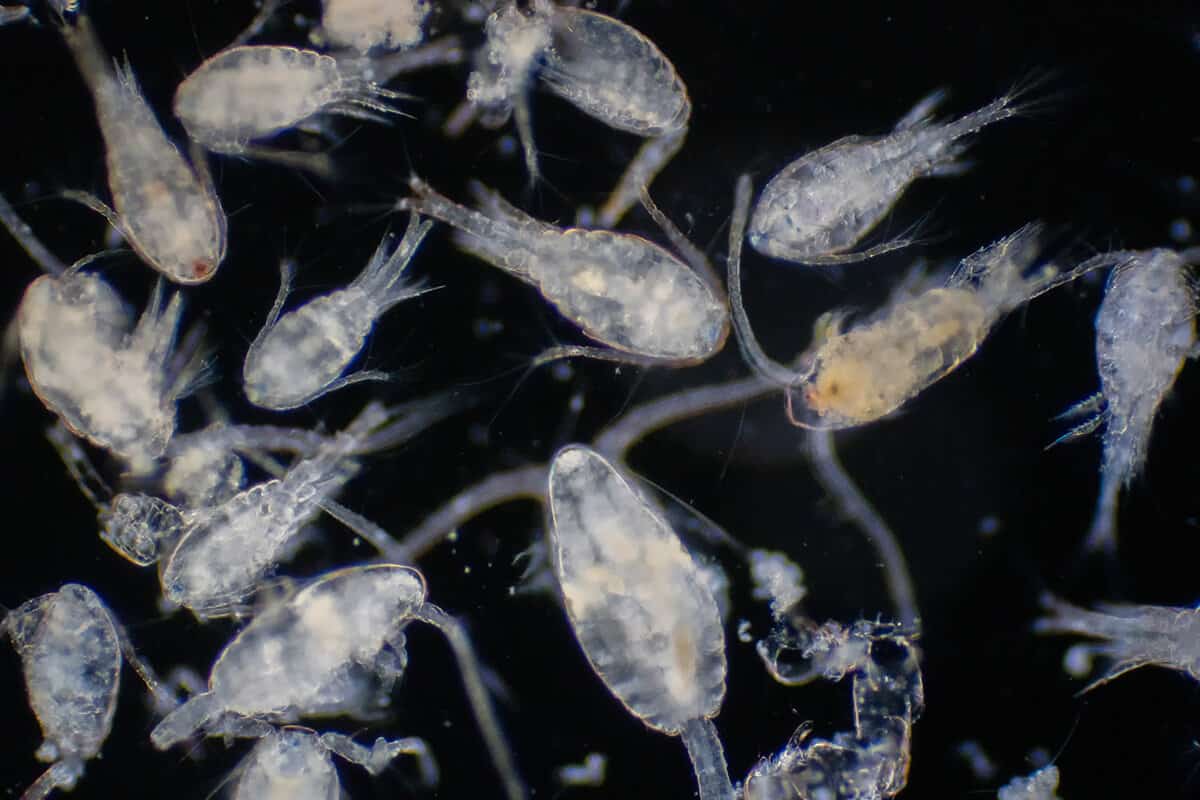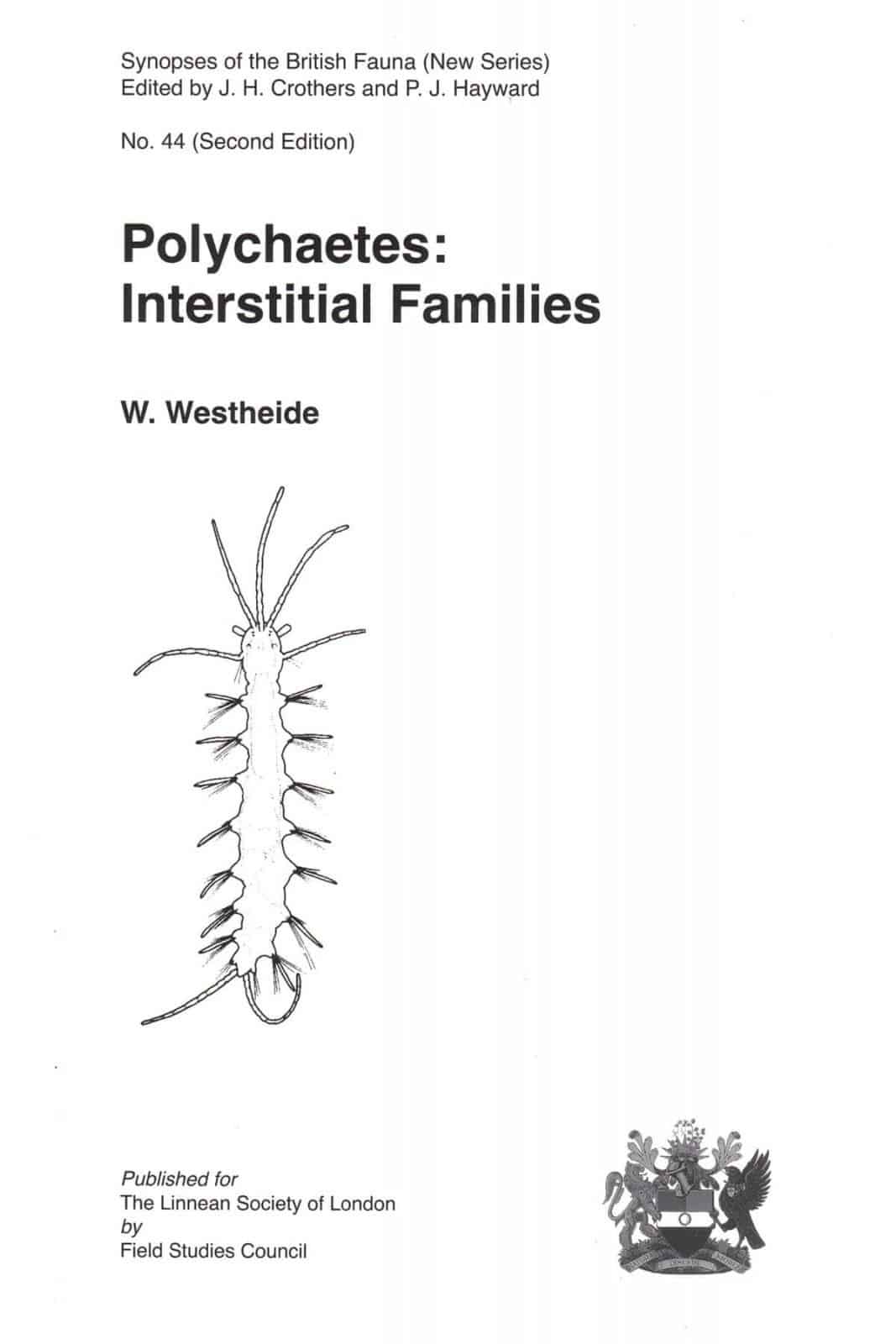Polychaetes: Interstitial families
The minute polychaetes that occur in the interstitial spaces within sandy marine sediments are a diverse phylogenetic assemblage. Overall they represent seven separate orders, all of them specifically interstitial, and nine families. Since they all occur in the same microhabitat, it makes sense to treat them together in one Synopsis.
Geographic coverage in this volume extends to all coastal waters around Britain and Ireland, as well as the entire North Sea. The seaward boundary in the Atlantic runs to the edge of the continental shelf. The habitats proper are the interstitial spaces of relatively clean, detritus-poor, medium and coarse sediments. In detail these sediments consist of inorganic sand and gravel, plus varying amounts of biogenic materials. These include shell fragments from molluscs, barnacles and echinoderms as well as particles of calcareous algae and corals. By contrast three species are restricted to muddy sediments, living in the flocculent layer of the sediment-water interface.
Synopses of the British Fauna is a series of identification guides. Each volume in the series is a detailed account of a group of animals. They bridge the gap between standard field guides and more specialised monograph or treatise. Since 1993 the the Field Studies Council has published these guides on behalf of the Linnean Society.
These volumes are suitable for the lab or field. The editors aim to keep them as user friendly as possible, with technical terminology at a minimum and a glossary of terms. However the complexity of the subject matter makes the books more suitable for the more experienced practitioner.


